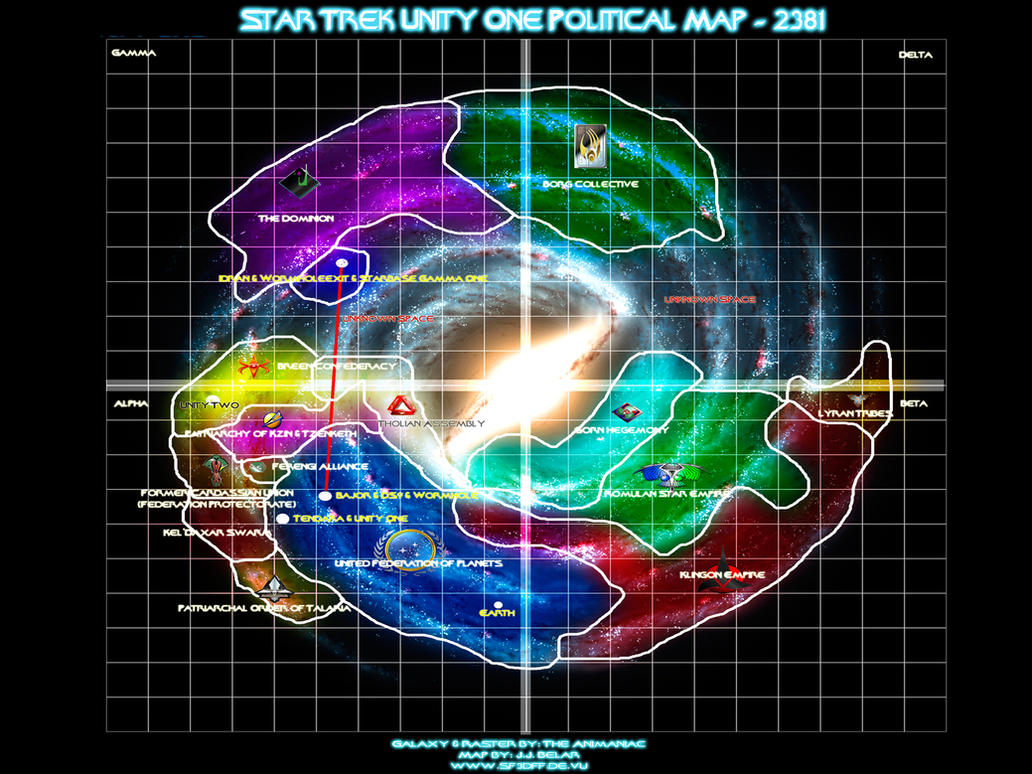Oh, yes it does. And particularly with Star Trek.Not particularly.
We have different eras of Star Trek and each one is different in style and tone from the other. We have an adolescent Federation in the 23rd-Century, a more mature Federation in the 24th-Century, and no Federation in the 22nd-Century (at least up to 2161). With any dramatic story, the era is definitely important--it's no less than a major part of the setting and will impact what kind of stories will be told and how the characters will relate to the things of their era, just like is it for Westerns, World War II epics, or medieval stories.
A 25th-Century Trek series will be no different because of the new situations that could be in place by then (new bad guys, new good guys, a new interstellar political climate, etc.).
Oh, that's just saying that every Star Trek series is always the same, and I don't agree with that. I do think the "details" you're dismissing are actually terribly vital series aspects and do go a long way to distinguishing each series from another. I also think a major point for a 25th-Century series is to move things forward, to have a new status quo already in place after a period of time has passed and to see how different things have become as the series unfolds.It has some impact, sure, within the context of the Trek universe, but kinds of stories? Exactly what "kinds of stories" can only be told before the 25th century as opposed to during it? Are there types of characters that can only exist in a 25th century Starfleet? I suppose there are species we wouldn't see, but honestly how important is that detail? How vital can it be that (for example) a Jem Ha'dar be Chief of Security? Concepts? What concepts in particular? Which ones are so unique to the 25th century that no story told before then can deal with such? War? Uh...no. The dichotomy between reason and emotion? Prejudice versus tolerance? I can see how details would change, but nothing terribly vital.
By that definition, they could fit easily in any sci-fi series (just use different names). But since this is Star Trek, I would like to see how things have changed in the 25th-Century and what's new there. I want to see what comes next in that Universe rather than stay forever in the TOS era.A starship explores some uncharted area of the galaxy.
Starfleet takes over a space station in orbit around a planet as it enters the process of joining the Federation.
An accident hurls a starship to a distant part of the galaxy.
Several junior officers begin their careers as friends aboard a brand new starship.
Near a dangerous region of space, a Starfleet medical ship struggles to keep up with the sick and wounded.
Almost any of these basic premises could fit easily into the 23rd, the 24th, the 25th or the 39th centuries.
That's really just a fundamental difference of opinion, because I find it very compelling.To be sure, the era of any such show will impact its stories and characters. But in and of itself I don't find the question of era all that compelling.
Last edited:





